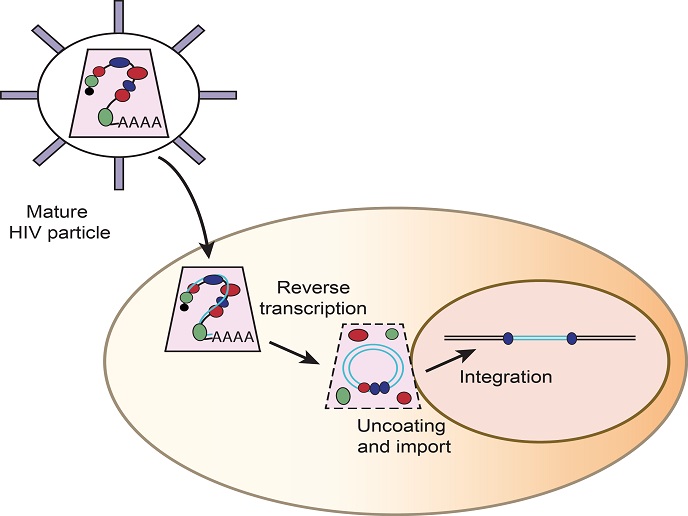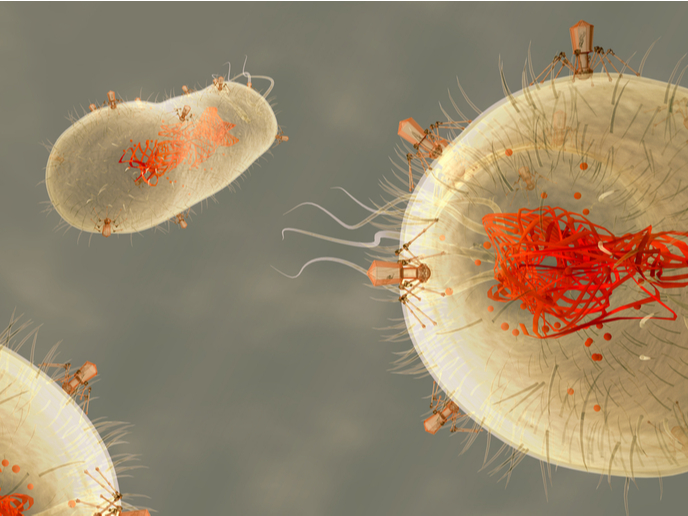Bacterial respiration in bioremediation approaches
Halogen atoms such as chlorine (Cl) rarely occur within biological molecules. At the same time, chlorinated molecules can persist and accumulate in the food chain, thereby acting as environmental contaminants. Recently, certain anaerobic bacteria have shown their capacity to use a range of chlorinated molecules as terminal electron acceptors to obtain energy during respiration. Organohalide respiration has thus emerged as a novel bioremediation approach for getting rid of such pollutants. The scope of the EU-funded DEHALORES (Breathing chlorinated compounds: unravelling the biochemistry underpinning (de)halorespiration, an exciting bacterial metabolism with significant bioremediation potential) project was to study the distinct biological components that regulate the biochemistry of this process. Their work focused on reductive dehalogenases, a novel class of enzymes with Fe-S clusters for accepting electrons. Researchers successfully expressed the enzyme in the host Bacillus megaterium and determined its structure. In addition, they studied the transcriptional regulators involved in halorespiration and concentrated on the in vivo role of CprK through genetic engineering. CprK mutants revealed that CprK was limited to sensing phenolic organohalides through a robust mechanism. Since most environmentally relevant organohalides do not contain a phenolic group, researchers switched their attention to a MarR-type regulator and determined its DNA-binding properties. Although the physiological ligand of this molecule remains to be identified, DEHALORES showed that phosphorylation induced major reorientation. Overall, DEHALORES provided the basis for fully resolving the mechanism behind the reductive dehalogenation process in anaerobic bacteria. The research team envisages the exploitation of this enzyme and its variants in bioremediation applications.







